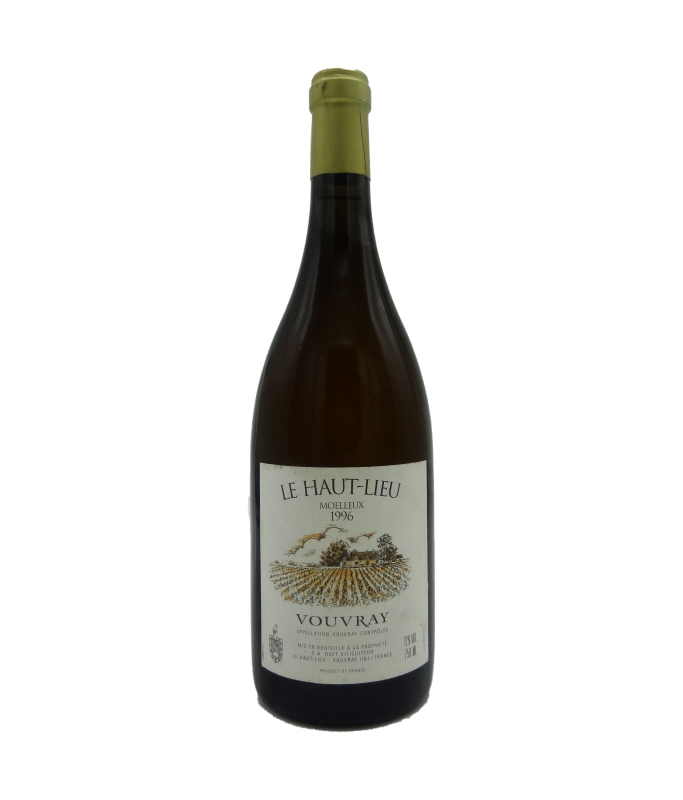How to Read a Wine Label: The Explained Method
A wine label is essentially the product's identity card. Learning to read it helps you understand what you're about to taste and enhances your wine experience. This article guides you through the various parts of a wine label.
Essential Elements of a Wine Label
-
Domain or Château Name
This is often the most prominent feature of the label. For instance, "Château de Fonsalette" or "Domaine des Tours." The name can tell you a lot about the wine, especially if the domain is well-regarded in the wine world. For example, "Château de Fonsalette" is known for its high-quality, complex wines. -
Appellation d’Origine Contrôlée (AOC)
This guarantees the wine’s geographical origin and adherence to specific production rules. For example, a label stating "Pessac-Léognan" indicates a prestigious AOC in Bordeaux, known for its balanced and complex red and white wines. -
Vintage (Millésime)
This denotes the year the grapes were harvested. The vintage can significantly impact the wine’s flavor, as some years are better due to climatic conditions. For example, a 2015 vintage from "Château des Jacques" is from a favorable year for Beaujolais. -
Alcohol Content (Teneur en Alcool)
Expressed as a percentage, it gives an idea of the wine's alcoholic strength. A wine with lower alcohol content (around 11-12%) tends to be lighter, while a higher alcohol wine (14% and above) is generally more robust. -
Grape Variety (Cépage)
Some wines are made from a single grape variety, like "Saumur – Brézé," which is 100% Chenin Blanc, while others may be blends, such as "Vin de Pays de l'Hérault 2019," which combines Mourvèdre, Syrah, and Cabernet Sauvignon. -
Wine Classification (Classification du Vin)
Often linked to the AOC, it helps place the wine in a quality hierarchy. For instance, "Cru Classé de Graves" indicates high recognition in Bordeaux.
Understanding Special Mentions
-
"Mis en bouteille au château/domaine"
This means the wine was bottled where the grapes were grown and the wine produced, indicating the producer’s control over the entire process. -
"Vieilles Vignes"
This denotes that the grapes come from old vines, often over 30 years old, typically producing higher-quality, more complex wines. For example, "Vosne-Romanée – Vieilles Vignes 2020" from Felettig. -
"Vin bio" or Organic Certification
Certifies that the wine is produced according to organic standards without synthetic chemicals. For instance, "L'Anglore – Le Ruisseau 2023" adheres to these organic practices. -
Wine Types: "Vin de liqueur," "Vin moelleux," etc.
These specify the wine’s style, such as a naturally sweet wine, a fortified sweet wine, etc. For example, a "vin de liqueur 2016" from Pierre Overnoy offers a distinct tasting experience.
Labels and Certifications
-
Appellation d’Origine Protégée (AOP)
Similar to AOC in France, this European label guarantees origin and quality, adhering to strict regulations. -
Environmental Labels
Besides organic labels, certifications like Demeter (biodynamic) or Terra Vitis indicate environmentally friendly practices.
Practical Label Analysis
To illustrate these explanations, let’s consider a typical label:

- "Vouvray Moelleux - Le Haut-Lieu - 1996 - Huet"
- Domain Name: Huet
- Appellation: Vouvray
- Vineyard Name: Le Haut-Lieu
- Vintage: 1996
- Grape Variety: 100% Chenin Blanc
- Special Mention: Moelleux (naturally sweet wine)
- Environmental Label: Not specified, further research may be needed
- Alcohol Content: 12%
This wine, with aromas of ripe fruits and honey, is ideal for pairing with sweet-savory dishes or aged cheeses.
Choosing the Ideal Wine Based on the Label
When buying wine, use the label to make informed choices:
- Look for Quality Indicators: Appellations, classifications.
- Check Alcohol Content: To match your taste preferences.
- Search for Grape Varieties: To identify flavor profiles.
- Note Labels: For organic or environmental certifications.
With this knowledge, you’ll be able to select wines that suit your tastes and occasions. For instance, if you prefer complex, fruity organic reds, "L'Anglore – Nizon 2022" could be an excellent choice.
In Summary
Knowing how to read a wine label is a valuable skill for any wine enthusiast. By understanding the key elements, you can select wines that match your tastes and fully appreciate the history and art behind each bottle. Practice reading and analyzing different labels to impress your guests and enhance your wine choices, whether recommending organic wines or specific vintages.
